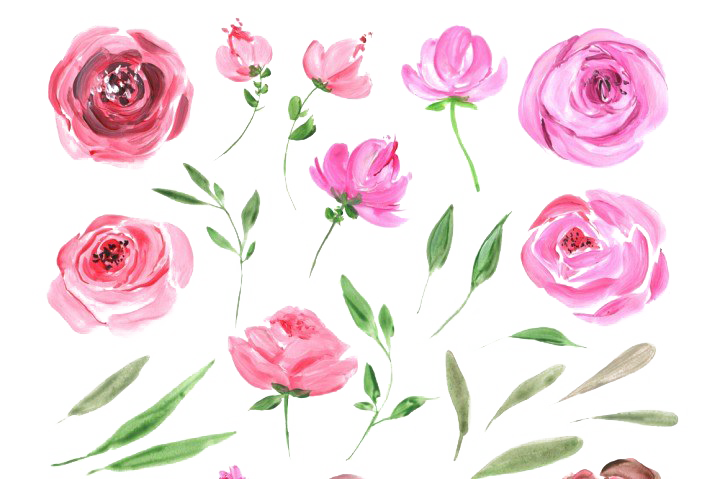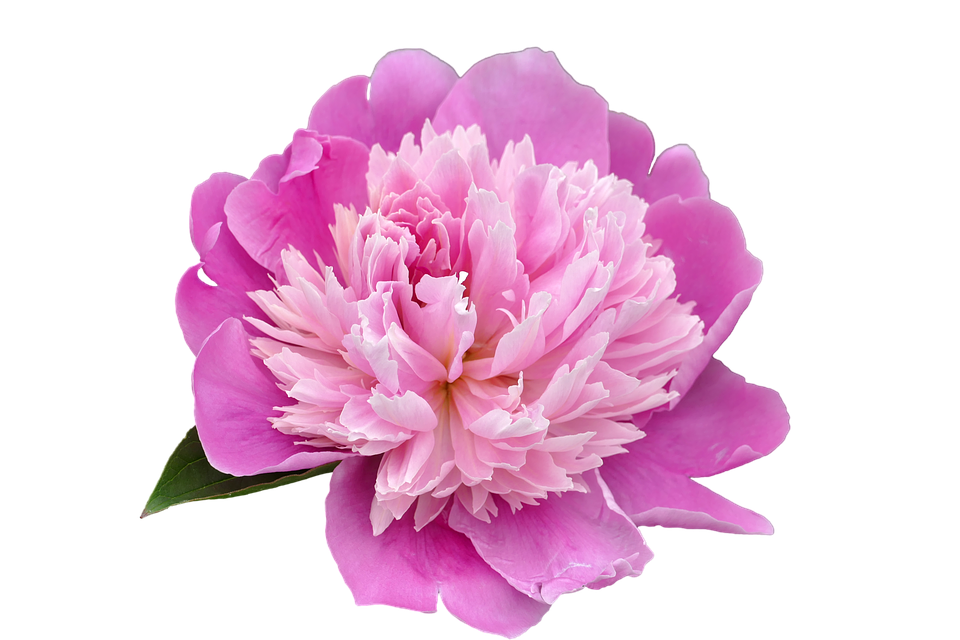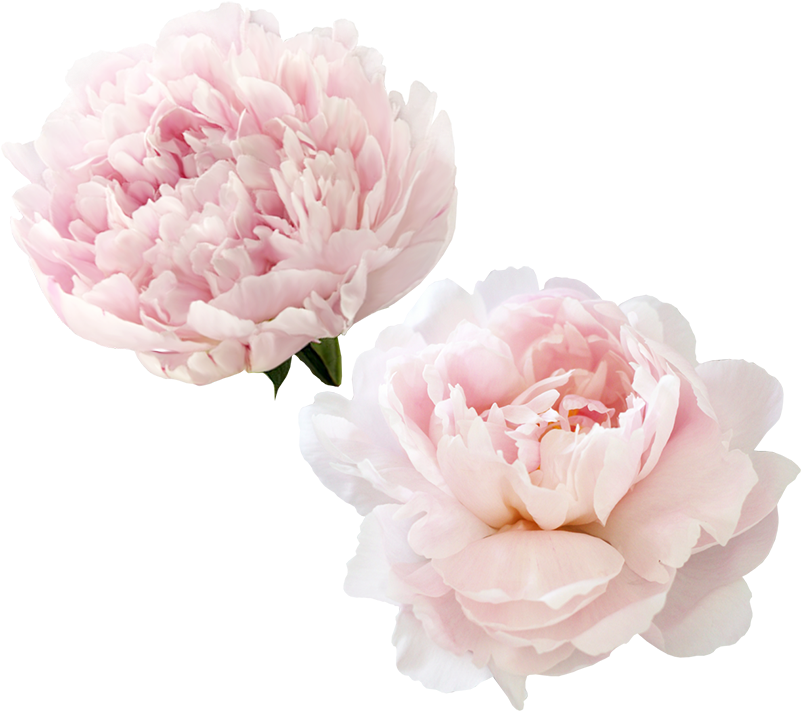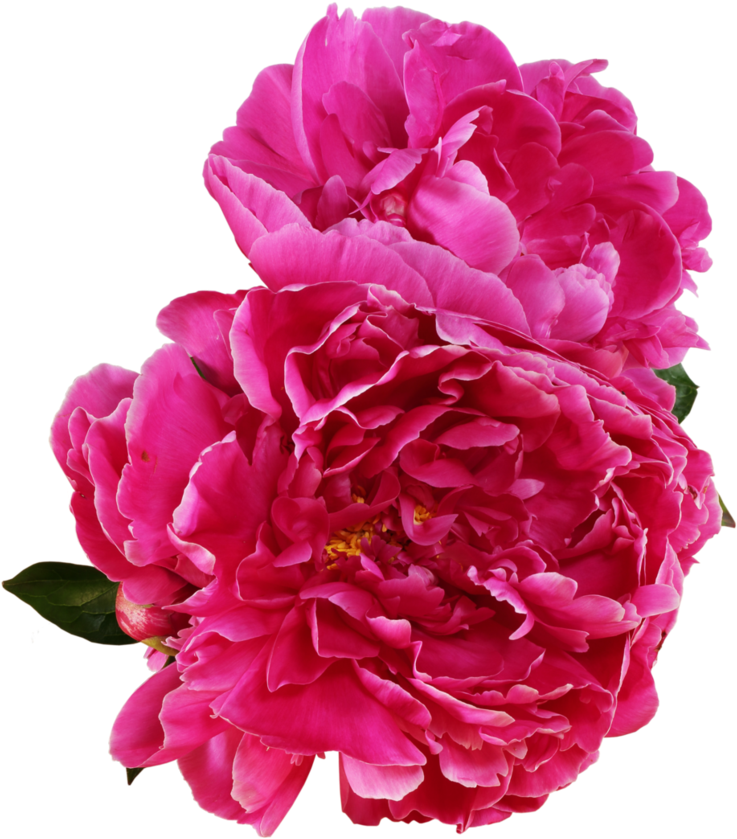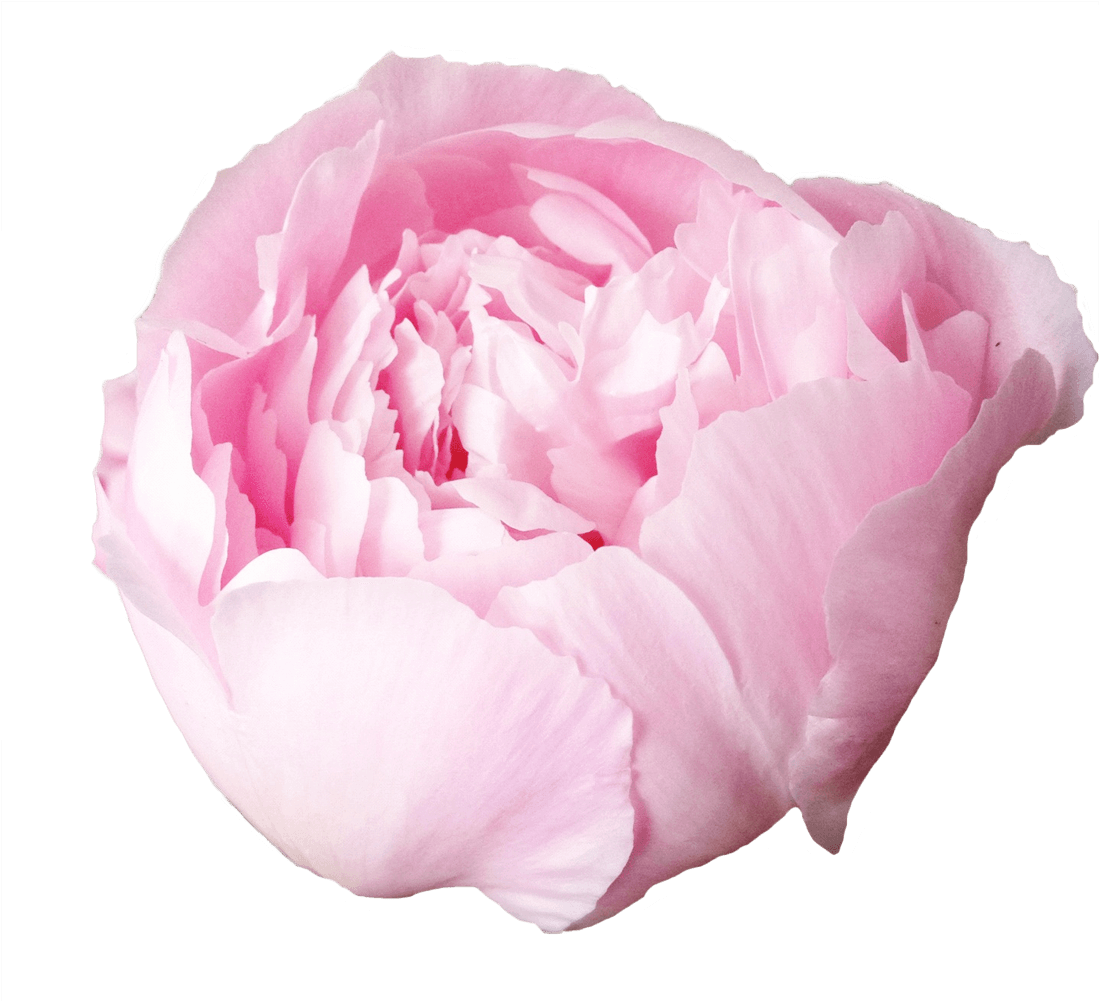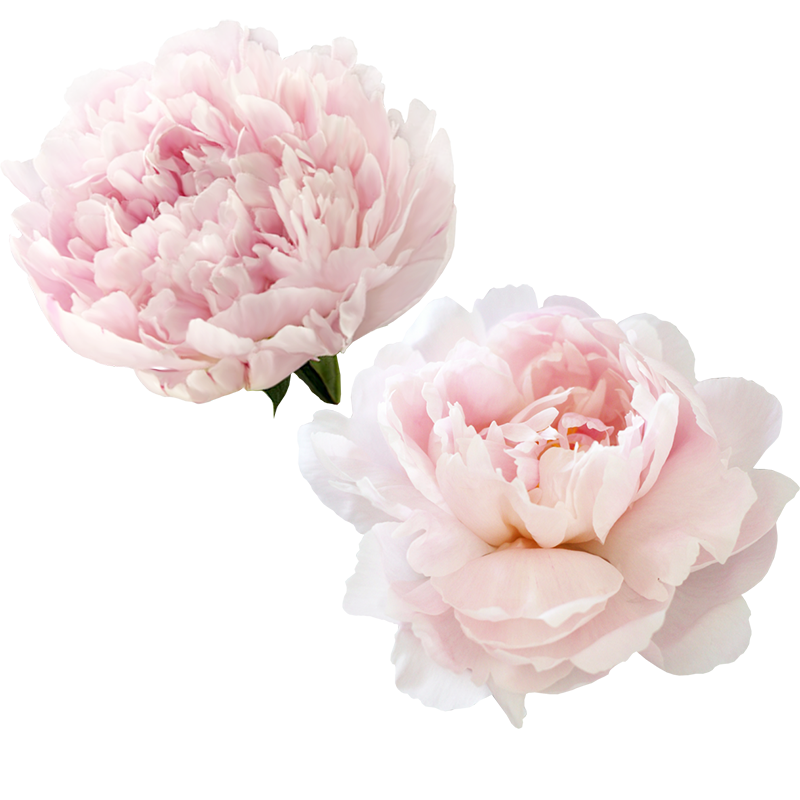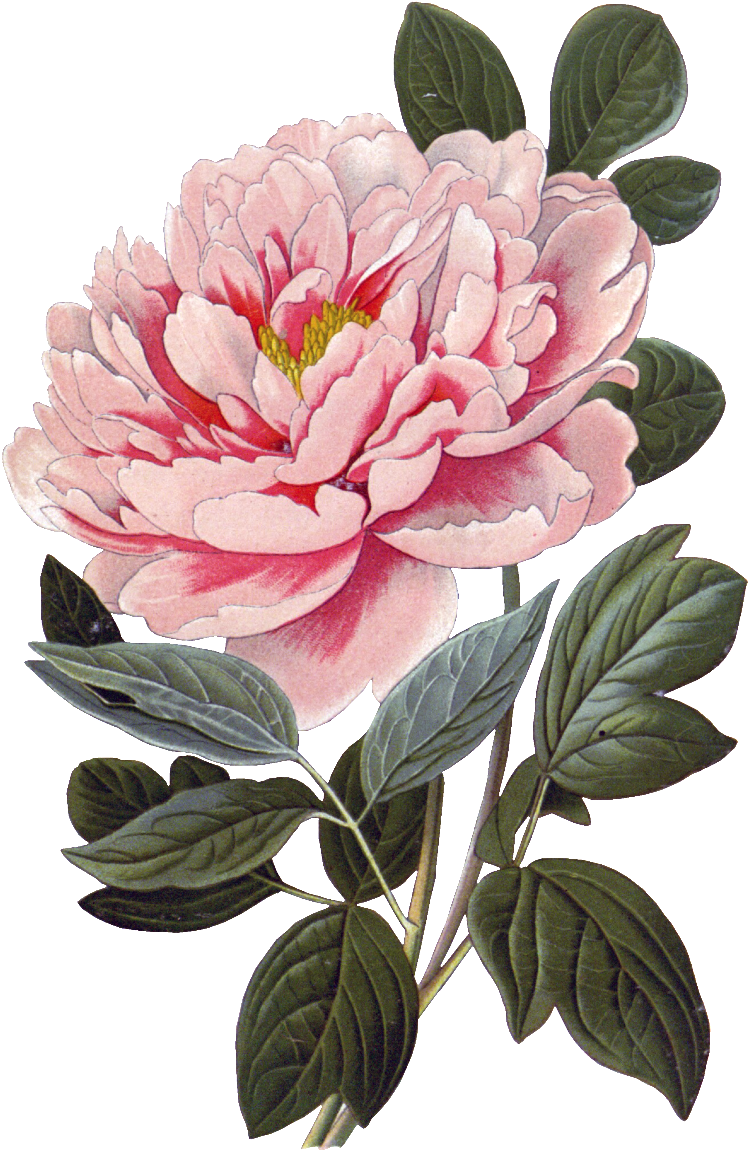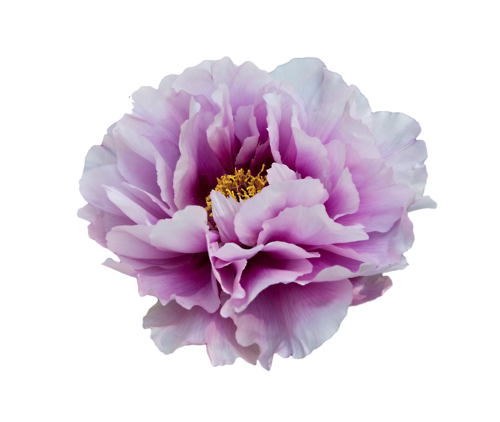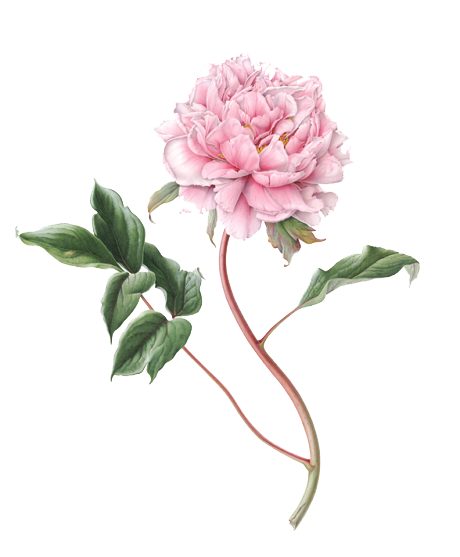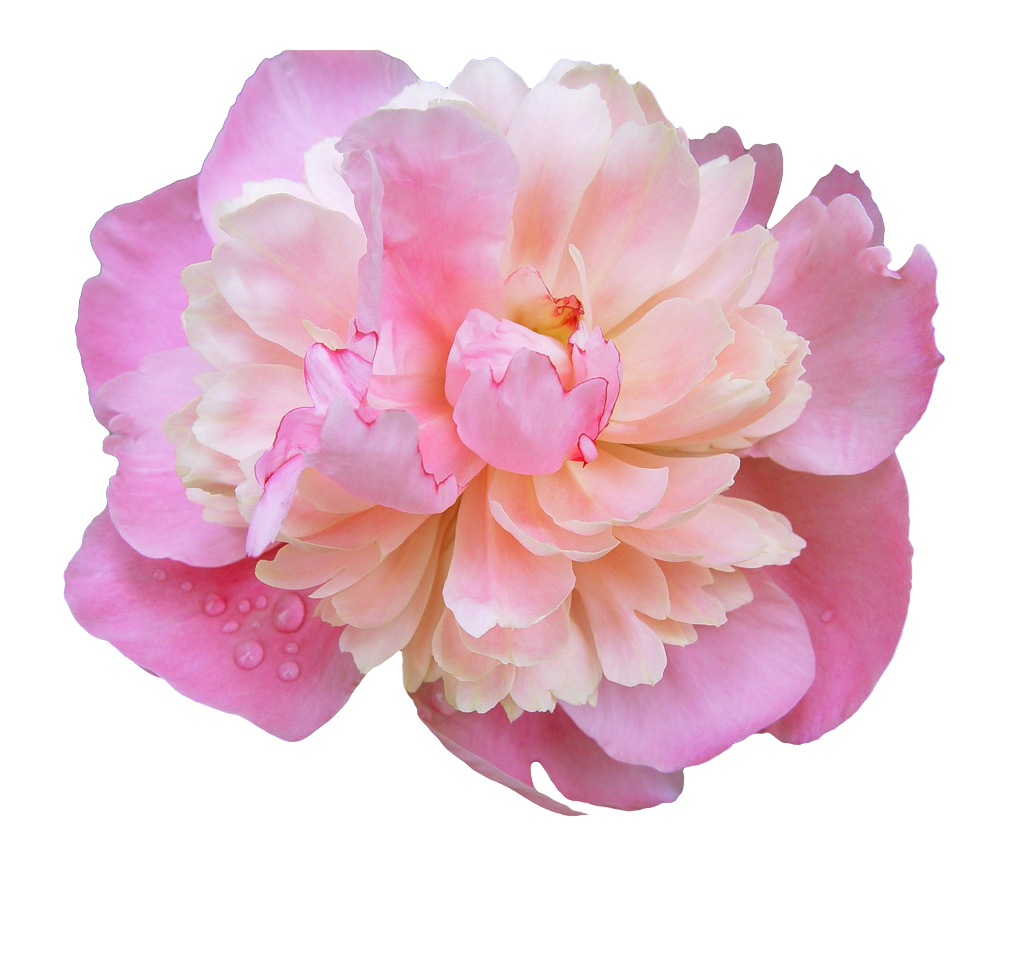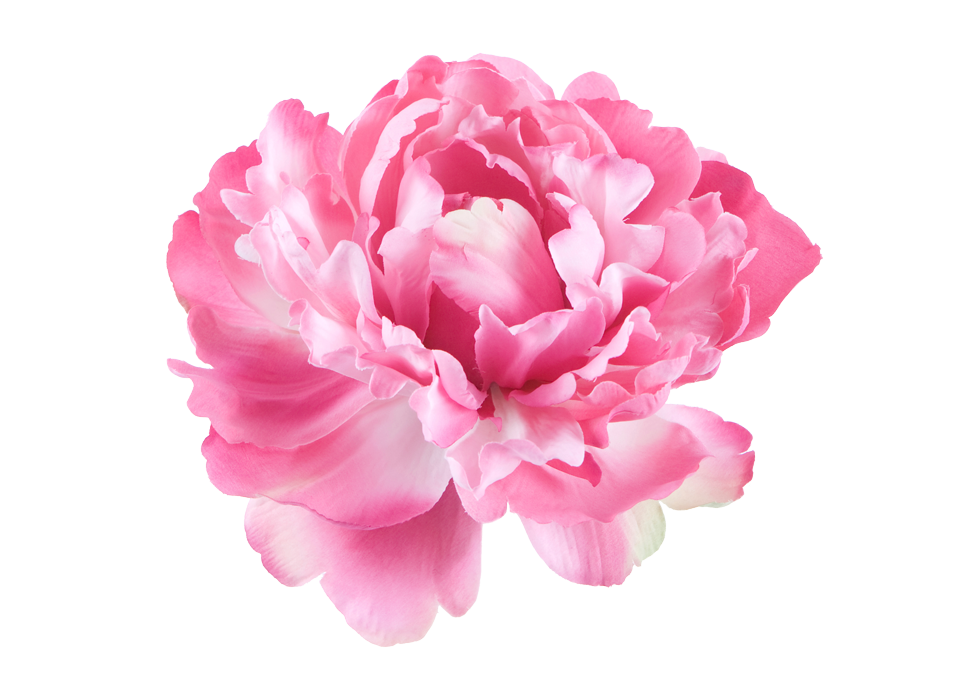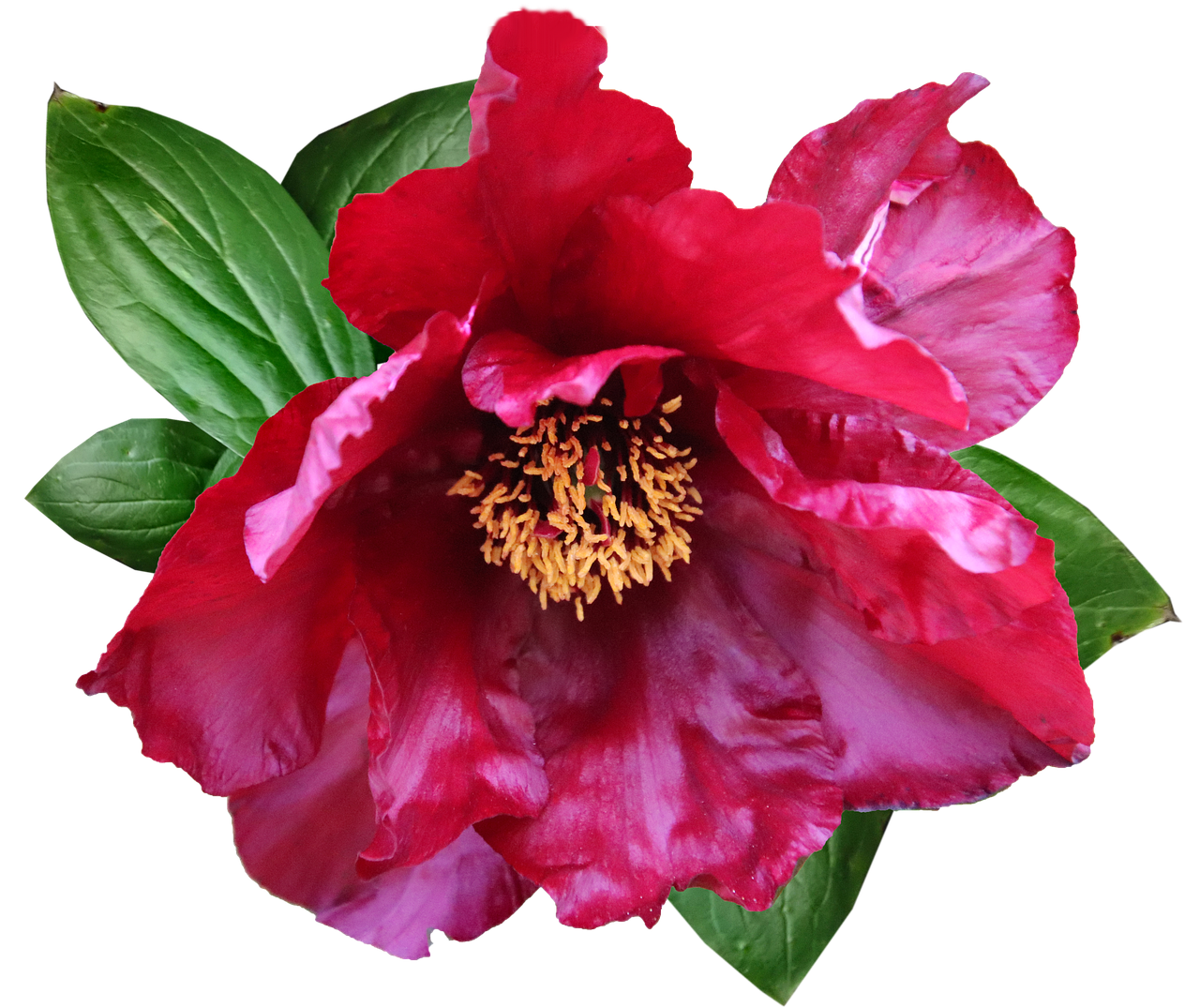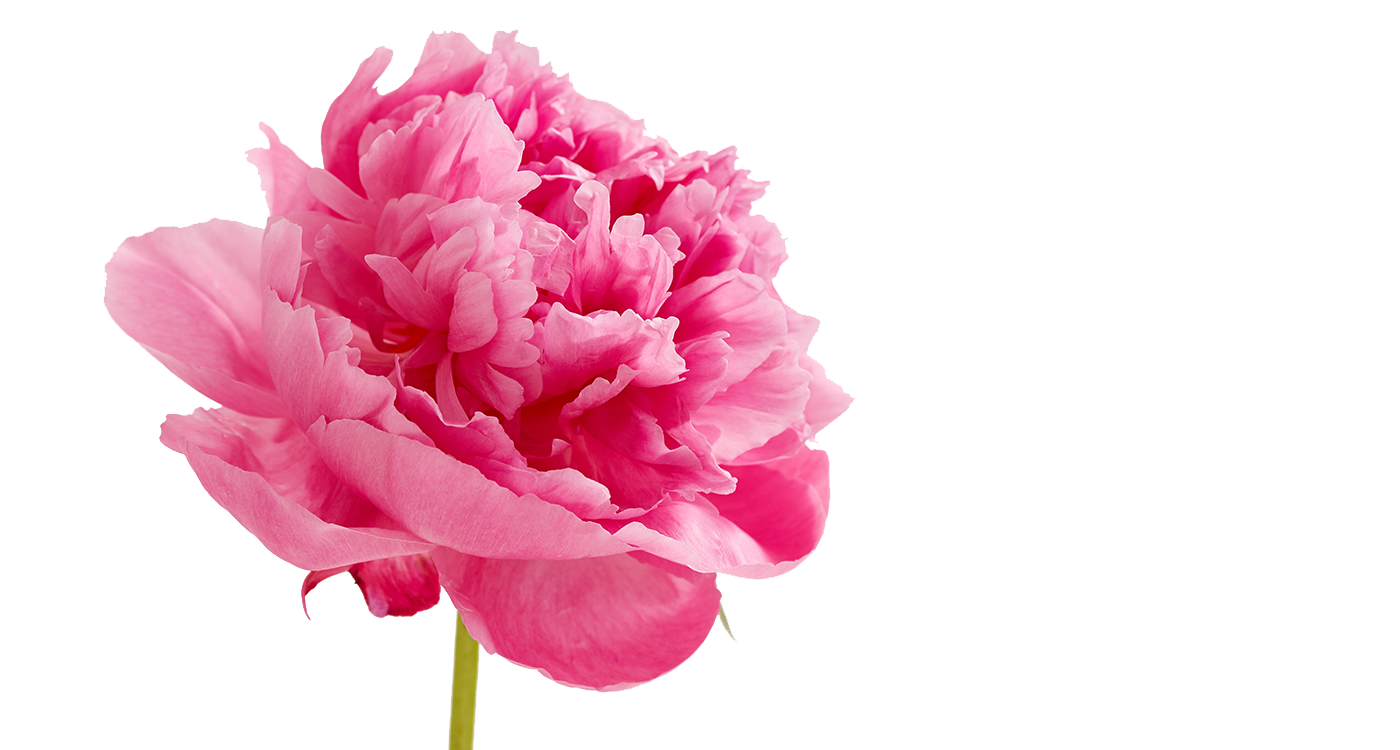Download top and best high-quality free Peony PNG Transparent Images backgrounds available in various sizes. To view the full PNG size resolution click on any of the below image thumbnail.
License Info: Creative Commons 4.0 BY-NC
The peony, sometimes known as a paeony, is a flowering plant of the genus Paeonia, which is the sole genus in the Paeoniaceae family. Asia, Europe, and Western North America are all home to peonies. Scientists disagree over how many species can be recognized, with estimates ranging from 25 to 40, however the current agreement is 33. The interspecies connections must be explained further.
The majority are herbaceous perennial plants ranging in height from 0.25 to 1 metre (1″3 ft), although some are woody shrubs ranging in height from 0.25 to 3.5 metres (1″11 ft). In late spring and early summer, they feature complex, deeply lobed leaves and big, frequently fragrant blooms in a variety of hues ranging from purple and pink to red, white, and yellow. The flowering period of the flowers is generally about 7″10 days.
In temperate climates, peonies are a popular garden plant. Herbaceous peonies are also widely available as cut flowers, however they are usually only accessible in late spring and early summer.
All Paeoniaceae plants are herbaceous perennials or deciduous shrubs with large store roots and thin water and mineral-gathering roots. Because the crown generates adventitious buds, some species are caespitose (tufted), and others contain stolons. They have big compound leaves with anomocytic stomata and no glands or stipules. New growth arises from scaly buds on the preceding flush or from the rootstock’s crown in woody plants. At the end of the stalk, the huge bisexual blooms are typically solitary.
Few more blooms emerge in the axils of the leaves in P. emodi, P. lactiflora, P. veitchii, and many of the cultivars to which they contributed. At night or when the sky is gloomy, flowers close. Each flower has 3-7 stiff free sepals and 5-8, but rarely up to 13 free petals, and is surrounded by a number of bracts that may form an involucre. However, several of these categories are intergraded, making it difficult to assign them, and the number of pieces may vary. There are many (50″160) free stamens with anthers connected to the filaments at their base, sagittate in form, open with longitudal slits on the outer side, and free pollen grains with three slits or holes and two cells.
A more or less conspicuous, lobed disc is within the circle of stamens, and it is assumed that it does not excrete nectar. A varied number (1-15) of distinct carpels exist inside the disk, each with a very short style and a decurrent stigma. Each of them matures into a dry fruit (known as a follicle), which opens with a longitudinal suture and contains one or more big fleshy seeds. Annual growth is predetermined: if a shoot’s developing tip is removed, no new buds will form that season.
Friedrich K.L. Rudolphi coined the term “Paeoniaceae” in 1830, following Friedrich Gottlieb Bartling’s idea in the same year. A few years before, the family had been given other names. The family’s makeup has changed throughout time, but it has always included Paeonia and one or more genera that are currently classified as Ranunculales
Paeonia has long been thought to be the closest relative to Glaucidium, and some recent research has backed up this theory. Molecular phylogenetic investigations, on the other hand, have definitely shown that Glaucidium belongs to the Ranunculaceae family and order Ranunculales, whereas Paeonia belongs to the unrelated Saxifragales order.
Download Peony PNG images transparent gallery
- Peony Pink PNG Photos
Resolution: 512 × 512
Size: 29 KB
Image Format: .png
Download
- Peony PNG Photos
Resolution: 1121 × 1600
Size: 261 KB
Image Format: .png
Download
- Peony Pink Transparent
Resolution: 512 × 512
Size: 29 KB
Image Format: .png
Download
- Peony Flower
Resolution: 720 × 479
Size: 406 KB
Image Format: .png
Download
- Peony Flower PNG
Resolution: 8000 × 5457
Size: 8209 KB
Image Format: .png
Download
- Peony Flower PNG Pic
Resolution: 2000 × 2000
Size: 2674 KB
Image Format: .png
Download
- Peony Flower PNG File
Resolution: 960 × 640
Size: 488 KB
Image Format: .png
Download
- Peony Flower PNG Image
Resolution: 801 × 711
Size: 694 KB
Image Format: .png
Download
- Peony Flower PNG Photo
Resolution: 737 × 839
Size: 1127 KB
Image Format: .png
Download
- Peony Flower PNG Cutout
Resolution: 1099 × 1001
Size: 447 KB
Image Format: .png
Download
- Peony Flower PNG Images
Resolution: 2000 × 2000
Size: 2187 KB
Image Format: .png
Download
- Peony Pink
Resolution: 800 × 800
Size: 473 KB
Image Format: .png
Download
- Peony Pink PNG
Resolution: 749 × 1151
Size: 1263 KB
Image Format: .png
Download
- Peony Pink PNG Pic
Resolution: 500 × 422
Size: 151 KB
Image Format: .png
Download
- Peony Pink PNG File
Resolution: 1280 × 740
Size: 337 KB
Image Format: .png
Download
- Peony
Resolution: 4096 × 2731
Size: 1861 KB
Image Format: .png
Download
- Peony Pink PNG Image
Resolution: 460 × 557
Size: 134 KB
Image Format: .png
Download
- Peony Pink PNG Photo
Resolution: 1024 × 956
Size: 919 KB
Image Format: .png
Download
- Peony Pink PNG Cutout
Resolution: 960 × 688
Size: 438 KB
Image Format: .png
Download
- Peony Pink PNG Images
Resolution: 1280 × 1075
Size: 1649 KB
Image Format: .png
Download
- Peony PNG
Resolution: 600 × 318
Size: 234 KB
Image Format: .png
Download
- Peony PNG Pic
Resolution: 1400 × 750
Size: 557 KB
Image Format: .png
Download
- Peony PNG File
Resolution: 2000 × 2000
Size: 743 KB
Image Format: .png
Download
- Peony PNG Image
Resolution: 684 × 533
Size: 274 KB
Image Format: .png
Download
- Peony PNG Photo
Resolution: 512 × 512
Size: 24 KB
Image Format: .png
Download
- Peony PNG Cutout
Resolution: 5900 × 5900
Size: 1437 KB
Image Format: .png
Download
- Peony PNG Images
Resolution: 1280 × 1280
Size: 915 KB
Image Format: .png
Download



